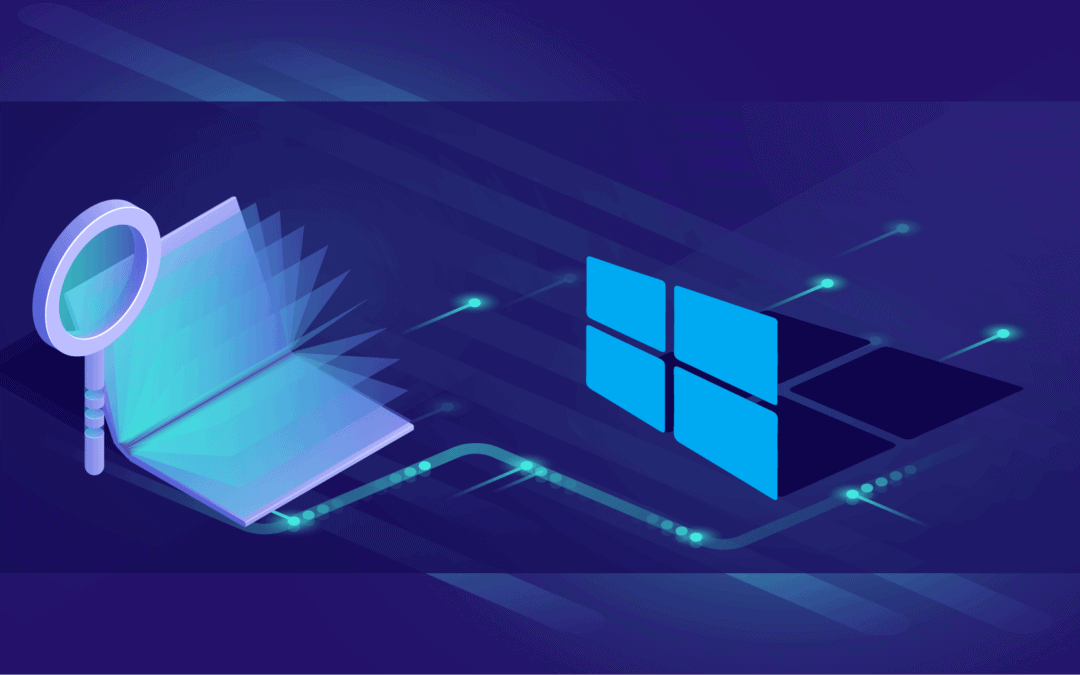The history of this blog explaining what is what in the world of technology is long, we admit. Maybe one day we’ll release a compilation episode, sort of a cabaret musical thing, with all the info and even some special guests, why not! Meanwhile we also tell you what Active Directory is.
Do you already know what Active Directory is? We’ll tell you!
Both the LAN networks in general and Active Directory particularly, in a world as interconnected as this, are essential.
Private corporations, public institutions, private users like you… We all want to connect our computers and get the best Internet access we possibly can. And for this there is nothing like Active Directory. We ourselves use it!
Active Directory (AD or Active Directory) is a very useful tool (by Microsoft) that gives us directory services on a LAN.
Among its many virtues, we find that it provides us with a service, located on one or more servers, with the possibility of creating objects such as users, computers or groups to manage credentials.
A su vez nos ayuda a administrar las políticas de toda la red In turn, it helps us manage the policies of the entire network on which the server is located.
(User access management, customized mailboxes…)
Active Directory is a tool designed and redesigned by Microsoft for the working environment. That is, it works better in the professional field with great computer experts and ample technological resources.
(To manage multiple equipment, updates, installations of new and complex programs, centralized files, remote work …)
However, how does it work?
Ya We already know what it is, but how does Active Directory work?
The first we need to know are the network protocols that Active Directory uses:
- LDAP.
- DHCP.
- KERBEROS.
- DNS.
The second? Well, roughly, we will have before us some kind of database. A database where the information of the authentication credentials of the users of a network will be stored, in real time!
That way you will have all the teams joined together under a central element.
If you enter the Active Directory server, you’ll find a user made up by the common fields (Name, Surname, Email…).
This user corresponds to a specific group, which has certain advantages.
When users try to login, they will find a lock screen, and that will be the time to enter their credentials. On the other hand, the client will request the credentials from the Active Directory server, where they have been entered by the user, to be verified. That’s when the user will be able to log in normally and will have access to the files and resources that are allowed.
Hay al menos una cosa buena de todo esto, y esa es que si el There is at least one good thing about all of this, and that is that if the computer where you are working breaks down, because of the classic overturned coffee or the confusing lightning that comes through the window and attacks your PC, with Active Directory, all you would have to do is change to another computer connected to the network. Away, of course, from any window or unstable coffee.
Conclusions
Active Directory is an active directory created by Microsoft as a directory service on a distributed computer network. It uses several protocols.
These include LDAP, DNS, DHCP, and Kerberos.
Es un servicio establecido enIt is a service established on one or more servers, where you may create users, computers or groups, in order to manage logins on computers connected to the network. Also the administration of policies throughout the network.
And that’s it!
Nothing too complex, as you can read!
Pandora FMS’s editorial team is made up of a group of writers and IT professionals with one thing in common: their passion for computer system monitoring. Pandora FMS’s editorial team is made up of a group of writers and IT professionals with one thing in common: their passion for computer system monitoring.


















